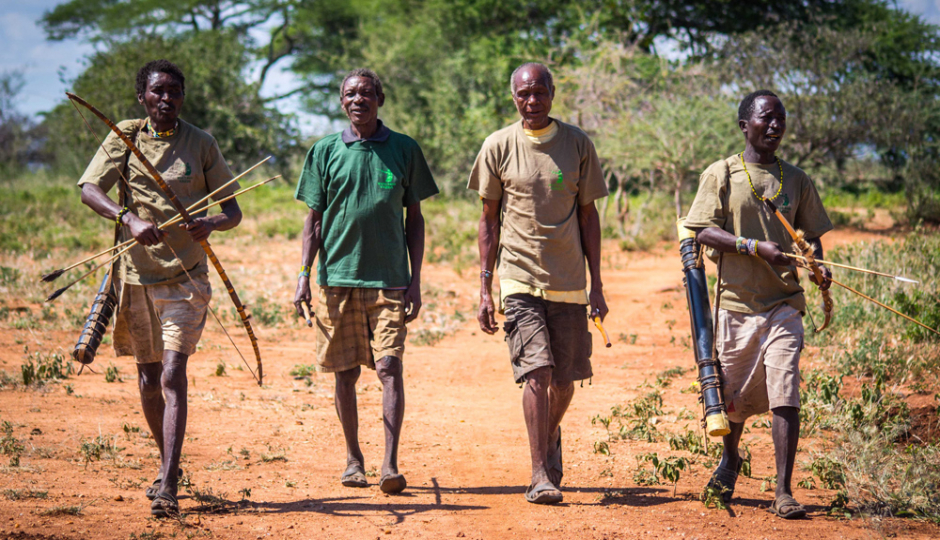







Nestled in the heart of East Africa, Tanzania is a land of unparalleled diversity, boasting a kaleidoscope of cultures, traditions, and ethnicities. Among the myriad of social groups that call this enchanting country home, Tanzanian tribes stand out as vibrant threads in the rich tapestry of the nation's identity. Let's embark on a journey to explore the unique characteristics, customs, and contributions of some of Tanzania's most fascinating tribes.
MAASAI - THE ICONIC NOMADS
No discussion about Tanzanian tribes would be complete without mentioning the Maasai. Renowned for their distinctive red attire, intricate beadwork, and breathtaking jumping dances, the Maasai are semi-nomadic pastoralists living in the northern regions of Tanzania. Their traditional way of life revolves around cattle herding, and they hold a deep connection to the land and its wildlife.
CHAGA - GUARDIANS OF KILIMANJARO
Nestled on the slopes of Africa's highest peak, Mount Kilimanjaro, the Chaga people are known for their agricultural prowess and entrepreneurial spirit. With lush green landscapes surrounding their villages, the Chaga have mastered the cultivation of crops like bananas, coffee, and beans. Their traditional homes, known as 'Chaga huts,' showcase the tribe's intricate woodworking skills and architectural brilliance.
HADZA - THE LAST HUNTER-GATHERERS
In the arid landscapes of northern Tanzania, the Hadza tribe continues to uphold the ancient way of life as hunter-gatherers. Living in harmony with nature, the Hadza people rely on their expert tracking skills to hunt game and gather wild fruits. Their language, unique click sounds, and simple yet sustainable lifestyle make the Hadza a fascinating and resilient tribe in the 21st century.
SUKUMA - TANZANIA'S LARGEST TRIBE
With a population exceeding five million, the Sukuma tribe holds the title of Tanzania's largest ethnic group. Hailing from the shores of Lake Victoria, the Sukuma people are primarily agriculturalists, cultivating crops like millet, sorghum, and cassava. Traditional dances, vibrant clothing, and a rich oral history distinguish the Sukuma as a cornerstone of Tanzanian cultural diversity.
ZARAMO - GUARDIANS OF COASTAL TRADITIONS
Along the coastal regions of Tanzania, the Zaramo people preserve a unique cultural heritage. Renowned for their exquisite pottery, wood carving, and basket weaving, the Zaramo are artists and craftsmen. Their traditional ceremonies, marked by rhythmic dances and vibrant costumes, celebrate their deep connection to the Indian Ocean and its historical significance in trade and culture.
As we traverse the varied landscapes of Tanzania, we encounter a mosaic of tribes, each contributing its own colors, patterns, and stories to the nation's cultural masterpiece. The diversity among Tanzanian tribes is a testament to the country's rich history and the resilience of its people. In a world rapidly modernizing, these tribes serve as guardians of traditions, reminding us of the beauty that lies in embracing and celebrating our differences.






What is a Reasonable Tanzania Safari Itinerary?
How Do I Plan a Kilimanjaro Climb?
To book your adventure, simply send us an email detailing your desired experience—whether it's climbing Mount Kilimanjaro, going on a Tanzania safari, or enjoying the Zanzibar beach.
We'll promptly respond with all the information you need to finalize your plans. Plus, we offer the convenience of online payment to make the process even smoother.
View Packages